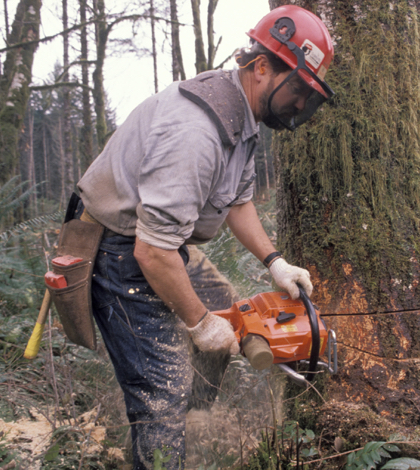The North Fork Mono Tribe, located in the Sierra Nevada Mountains, is taking a new approach to the California drought. Instead of letting the Progeny Meadow run rampant, the tribe has partnered with the United States Department of Forestry to thin out the overgrown trees. Tribal chairman Ron Goode, who is leading the effort, says he wants to restore the meadow to the same conditions his ancestors enjoyed.
“These are water suckers,” Goode told ABC7 as he pointed to an area overgrown with trees. “These are water suckers. They take a lot of water. The more water they’re pulling out of the meadow, that’s also less amount of water going down to the Valley.”
The combination of overgrown trees and the California drought has left little water throughout the state, but especially in the Central Valley. According to Goode, cutting back the overgrowth of trees is important for the overall health of the meadow and the people who live in the area. When snowpack hits the Sierra Nevada Mountains, the excess water normally dumps into rivers and reservoirs, however, an overabundance of trees absorb that extra water. Thinning out the trees restores the meadow to its natural habitat and provides more drinking water for residents in nearby areas.
In addition to providing additional water, thinning the overgrown meadow helps reduce some of the fire risk forests and meadows naturally see. During a time of severe drought, the risk for fire increases significantly.
The effort to thin the Progeny Meadow is part of the Sierra National Forest Dinkey Landscape Restoration Project, which will restore the 154,000 acres of land to vegetative conditions and wildlife habitats to their original conditions. This project falls under the national Collaborative Forest Landscape Restoration Program, which provides funding of $10 million over 10 years.
Based on a study by the University of California, the state could see as much as a 16 percent increase in water based on forest thinning alone.
According to Cal State University Sacramento, Goode is examining the possibility of using Proposition 1, Water Bond (2014) funding from the California Department of Fish and Wildlife to help restore similar meadows.
 California Water News Daily Your Source For Water News in California
California Water News Daily Your Source For Water News in California


